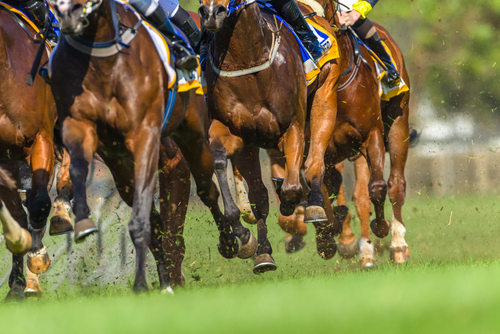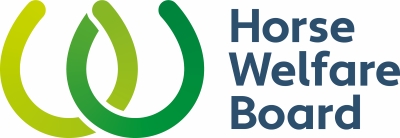
Equine Safety and Welfare in British Horseracing
The racing industry is committed to improving the safety and welfare of racehorses. Better understanding of risk factors for injury and fatality can inform evidence-based strategies to reduce their occurrence.
Challenge

Equine safety and welfare are of upmost importance for all involved in horseracing. Fatal and non-fatal injuries, sustained during racing and in training, represent a major welfare concern, lead to economic losses and jeopardise the sport’s social licence to continue to operate. Extensive research efforts, across racing jurisdictions worldwide, have sought to drive improvements in racehorse safety and welfare by furthering our understanding of the types of injuries that occur and the risk factors for their occurrence. Continued evaluation of injury risk and related factors is needed to monitor the impact of previously implemented risk-mitigating strategies, detect further opportunities for improvement and inform the industry’s research priorities.
Solution
Funded by the Racing Foundation and working in collaboration with the Horse Welfare Board and British Horseracing Authority, this project aims to deliver the robust evidence needed to support and direct the industry’s strategy for improving the safety and welfare of racehorses.
This work can be broadly divided into two parts:
1. Evaluating the risk of, and factors associated with, equine fatality, injury and falls occurring on British racecourses
2. Determining the causes of, and factors associated with, fatality and injury in racehorses in training in Great Britain
For the first part of this work, we will use data that are routinely recorded for each race start made in Great Britain. Information available includes details of the horse and its competition history, trainer and jockey-level data, and racecourse and race-level information such as race distance and number of runners. In addition, we will access records of all fatal injuries occurring within 48 hours of racing and non-fatal injuries requiring veterinary attendance on race day. These data will be combined and analysed using advanced statistical modelling to identify risk factors for injury and fatality, and monitor trends over time. For the second part, we will establish a cohort of racehorse trainers willing to share details of the horses in their care, including any injuries sustained, and their training practices. These data will also be analysed using statistical modelling approaches to improve our understanding of injuries occurring in training, and associated risk factors.
The horseracing industry is committed to driving ongoing improvements in equine safety and welfare. This work is being conducted in direct collaboration with industry stakeholders who are in a position to act upon its findings, and as such is likely to have direct impacts for improving the safety and welfare of Thoroughbred racehorses. The evidence generated, by this work, will enable stakeholders, such as policy makers and trainers, to make scientifically-informed decisions and implement changes to minimise avoidable risk, and achieve the best possible outcomes for the horse.
Partners



